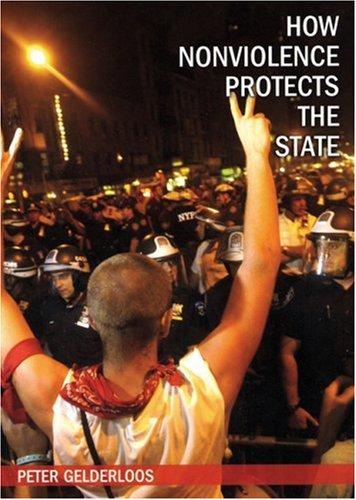Interesting, but too polemic and disingenuous
3 stars
I would not recommend this book to people who want to understand the split between advocates for “nonviolence” and advocates for diversity of tactics, because the author sometimes disingenuously puts things in people's mouths. It is however helpful as a reference in arguments, since it contains a lot of recent-historical (USA-centric) examples.
In the first chapters the author attacks, often polemically, “nonviolent” tactics. Some of the convictions he presents as coming from advocates of “nonviolence” are obviously constructed.¹ In the last chapter the author advocates for organizing in small groups and forming temporary alliances and outlines his views on how violence could be used effectively.
In the examples, the definitions of violence of the discussed movements are used (but not always stated), so the definition is constantly changing, which did confuse me at times. Most discussed movements seem to define property destruction as violence. I don't know if …
I would not recommend this book to people who want to understand the split between advocates for “nonviolence” and advocates for diversity of tactics, because the author sometimes disingenuously puts things in people's mouths. It is however helpful as a reference in arguments, since it contains a lot of recent-historical (USA-centric) examples.
In the first chapters the author attacks, often polemically, “nonviolent” tactics. Some of the convictions he presents as coming from advocates of “nonviolence” are obviously constructed.¹ In the last chapter the author advocates for organizing in small groups and forming temporary alliances and outlines his views on how violence could be used effectively.
In the examples, the definitions of violence of the discussed movements are used (but not always stated), so the definition is constantly changing, which did confuse me at times. Most discussed movements seem to define property destruction as violence. I don't know if he hand-picked them because they're easier targets or if it really is the prevalent opinion among these movements in the USA.
All in all an interesting read, but I wish the author had approached the matter a bit more objectively.
¹ For example, he expect us to believe that pacifists argue that it is possible to live a life without ever harming anyone (look, these pacifists still drive cars and eat food!).

